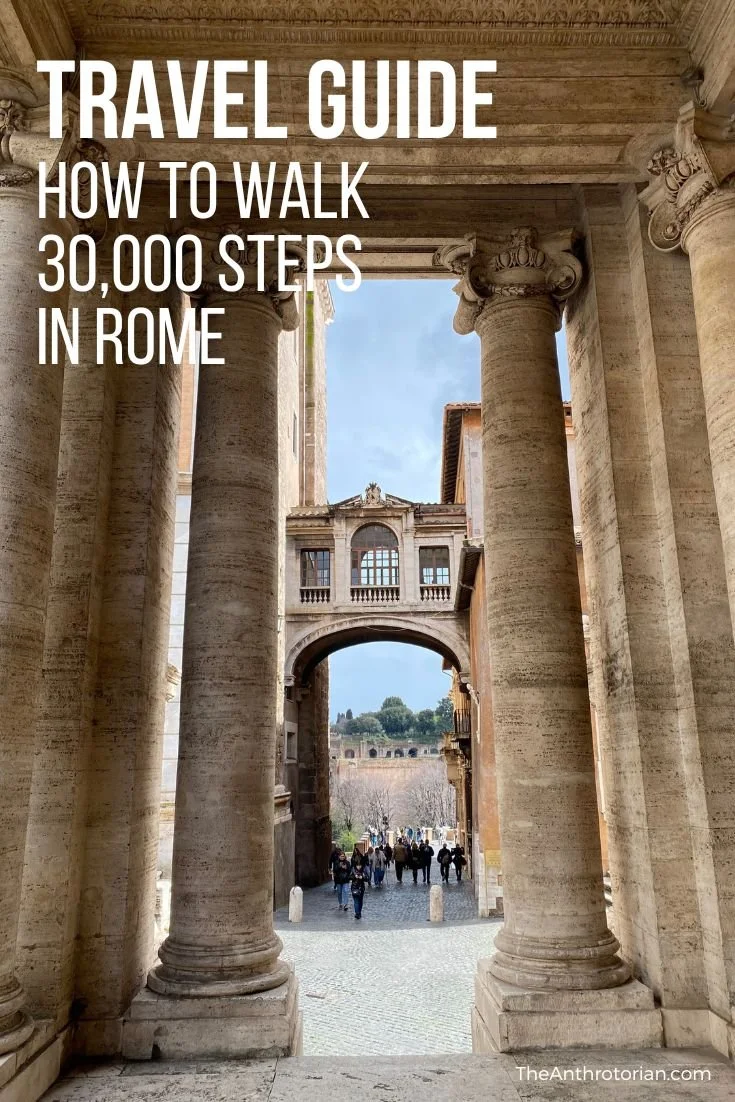I had spent my first full day in Beijing walking all over the city. I went from my hostel to Mao's Mausoleum, through Tiananmen Square, and into the Forbidden Palace complex that seemed to stretch for miles. Then I hopped in a cab and headed to the Temple of Heaven complex and a hutong before sitting down for a delicious dinner of Peking Duck — it was a BIG day.
So, despite my aversion to organized tours — they usually involve getting taken to a souvenir shop or wasting time at a sub-par restaurant — the next day I welcomed the chance to sit on a tour bus for a few hours as it wound its way through the suburbs of Beijing towards one of the most famous walls in the world — The Great Wall of China.
“It is often said that the Great Wall can be seen from the moon with the naked eye, but in 2003, China’s first astronaut Yang Liwei failed to spot the famous barrier from space”
Building started on this must-see sight (considered to be one of the Seven Wonders of The World) over 2000 years ago when China was unified under one Emperor.
Separate walls that had been constructed by individual kingdoms were linked together to create the wall as it exists today. Hundreds of thousands of workers (most were prisoners of the Emperor) used earth and stone to form the original wall — legend has it that the bones of some of these workers, who were worked like slaves, were also one of the building materials.
Though the wall never was the impenetrable wall of defense that it was meant to be, it acted like an elevated highway through incredibly mountainous terrain, and a way of sending signals over a vast territory very quickly.
The majority of the wall has now badly disintegrated, but thanks to the tourist industry, it is continually being restored.
My tour took me to the most popular part of the wall 70 km north of Beijing called, Badaling. I realized that I really was on a "tour" when my bus pulled up to a bus filled parking lot and our guide ushered us into a dark building.
Once my eyes adjusted to the light, I noticed a few benches and what looked like a roller coaster... A ROLLER COASTER?!
I blinked again just to make sure, but yup — apparently my tour ticket involved a roller coaster ride up the side of the mountain to the top of the wall. Tourism at its best. Only in China do ancient ruins and roller coasters go hand in hand.
The part of the wall just outside the roller coaster drop-off was packed with people, but because I was there in April, and during the week, it was pretty quiet once I passed through a few of the watchtowers. Some sections were even completely deserted, making for some amazing photo opportunities.
If you are planning on visiting the wall yourself, try to avoid May-August.
The pollution in China is pretty awful, and when smog mixes with the heat you can barely see a few feet in front of you and the view is badly compromised.
If you must go during the hot season, I recommend visiting the wall first thing in the morning to try and see as much as you can before the smog descends.



